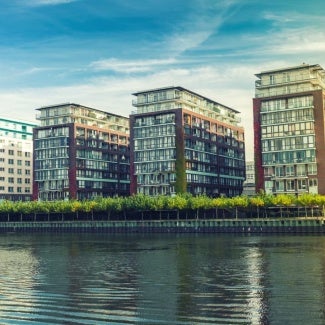Trauma-Informed Housing: Dignified Design for Resilient Communities
Learn the core principles of trauma-informed design and how they can be applied in housing to promote resident safety, dignity, and stability.
About the live course
The built environment plays a vital role in shaping our physical and mental well-being, influencing how we navigate stress in our daily lives. Trauma is a universal experience that impacts everyone to varying degrees, highlighting the need for design approaches that foster healing and resilience. Thoughtfully designed environments have the potential to provide passive support that benefits everyone, helping to reduce stress and promote well-being. For individuals experiencing trauma, this impact becomes even more critical, as poorly designed spaces can exacerbate stress, while trauma-informed design can foster stability and well-being.
This session introduces participants to the foundational understanding of trauma, its effects on individuals and communities, and the core principles of trauma-informed design. Participants will learn how these principles can be applied in housing to promote safety, dignity, and stability for residents. Using real-world examples, the session will demonstrate how trauma-informed approaches not only improve the quality of housing but also have broader implications for the profession, offering strategies that can be adapted to other building types to enhance well-being for all.
- Understand how the built environment impacts physical and mental health and the role of designers in promoting well-being and minimizing harm.
- Learn the core principles of trauma-informed design—safety, comfort, community, and control—and how they are applied in housing projects.
- Explore design strategies that reduce trauma triggers, support regulation, and promote dignity in housing.
- Examine real-world examples to understand how trauma-informed design improves housing quality and resident well-being.
The webinar is part of a series produced by the AIA Right-to-Housing Working Group. In each episode, we ask: “What does the right to housing mean in practice?” and “How can architects contribute?”



